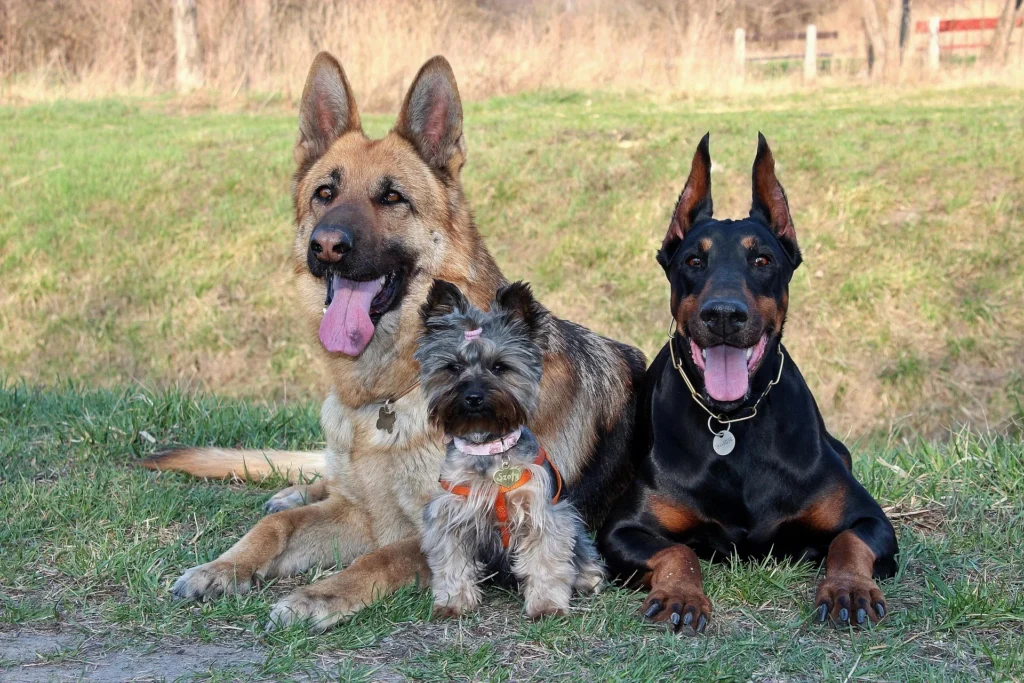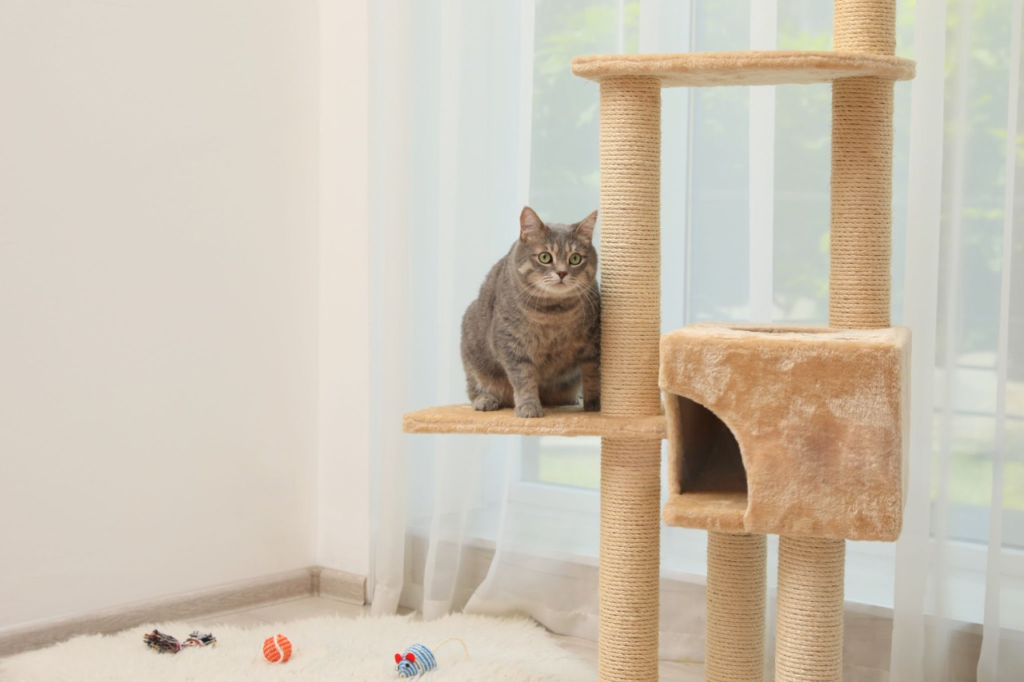When you work nights or long shifts, you need a dog that’s calm, independent, and comfortable alone for stretches of time. In practice, breeds like the Great Pyrenees, Basset Hound, and Greyhound often top the list of dog breeds for shift workers. These dogs tend to have laid-back temperaments: for example, the Great Pyrenees was originally bred to guard sheep solo and “doesn’t require a highly active lifestyle”, essentially preferring long naps in your absence.
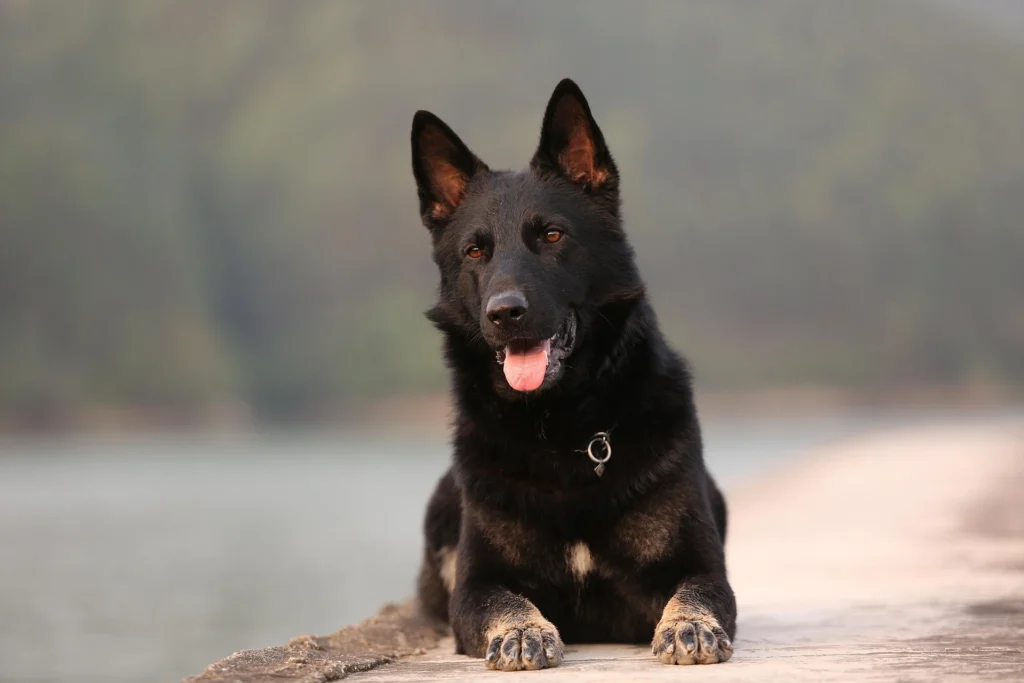
Basset Hounds are famously patient – the AKC even calls them “charming, patient and low-key”– and Petful notes they spend most of the day sleeping. Greyhounds, likewise, are classic couch potatoes that need only daily walks and are otherwise content to lounge. These low-energy, independent dogs rank among the best dogs for night shift workers because they can relax quietly while you sleep or work.
Top Breed Recommendations for Shift Workers
Based on canine behavior experts and breed profiles, some specific breeds consistently stand out as good matches:
Great Pyrenees
Overview:
Despite their large size, Great Pyrenees are gentle, calm dogs. PetMD notes they were bred for “independence,” to be left alone with flocks in the mountains. Today that means they’re typically low-energy and value their alone time. A Pyrenees will usually be composed while you’re away and alert without being hyperactive, making it one of the best dogs for night shift workers.
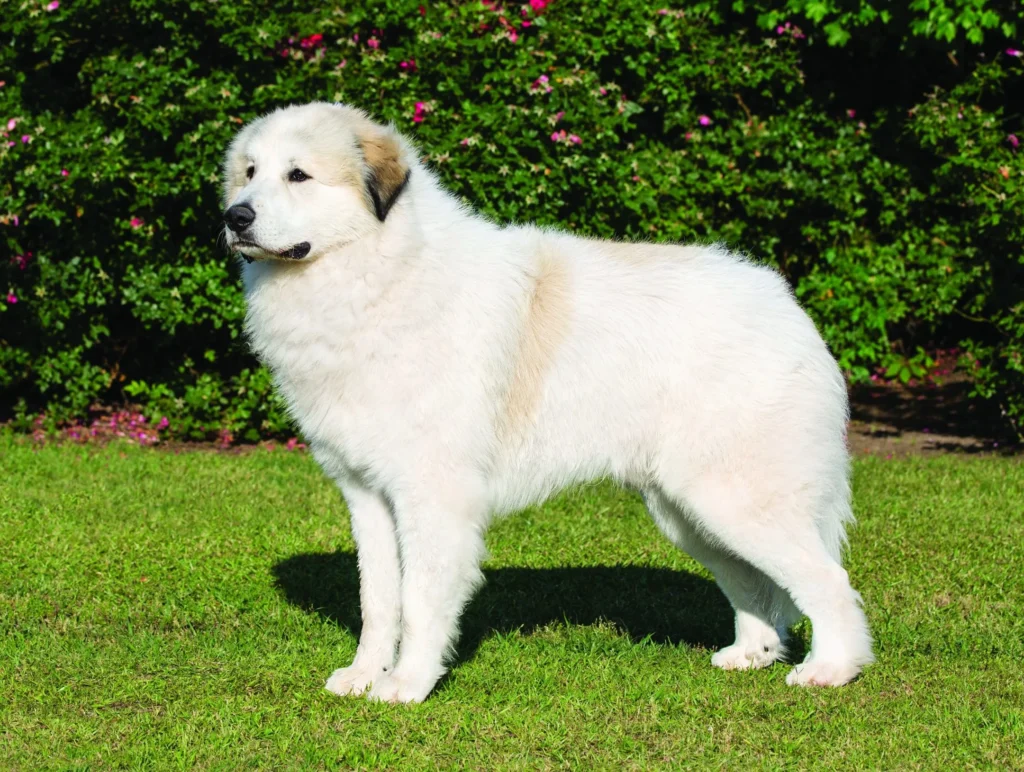
Pros:
- Naturally independent and doesn’t require constant attention
- Low to moderate energy; content with a few walks and plenty of lounging
- Quiet and watchful—makes a great protector and companion
- Loyal and affectionate with family, even if aloof with strangers
Cons:
- Large size (over 100 lbs) may not suit apartment dwellers
- Heavy shedders; require regular grooming
- Can be stubborn and slow to train—needs consistency
Best For: Someone with a yard or quiet home who works long hours and wants a low-energy, loyal guardian.
Basset Hound
Overview:
This classic hound is almost ideal for busy owners. Petful calls the Basset Hound the “poster child for self-sufficient dogs,” pointing out that they “spend most of the day sleeping”. The AKC describes Bassets as “patient and low-key”. In practice they need only 30–60 minutes of play or walking per day and are happy to lounge the rest of the time. Their mellow demeanor means they’ll quietly await your return without much fuss.
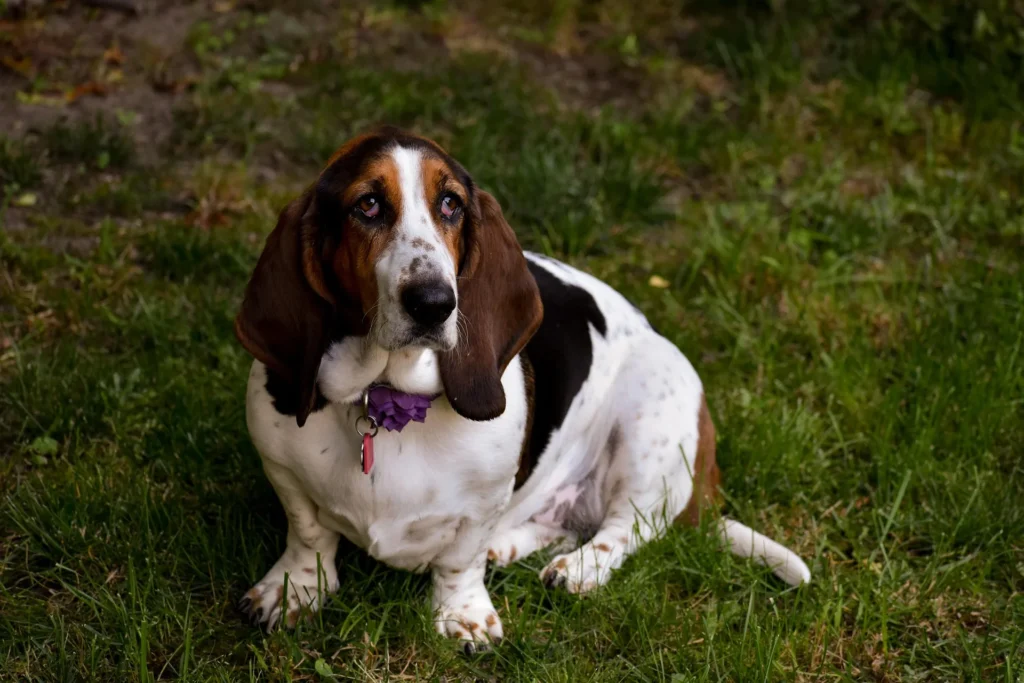
Pros:
- Exceptionally patient and low-energy
- Doesn’t mind being alone for moderate stretches
- Gentle, sweet, and great with children or other pets
- Easy-going temperament with minimal barking
Cons:
- Prone to obesity without portion control and regular walks
- Can be stubborn; housetraining might take longer
- May drool and has a strong scent
Best For: Apartment dwellers or laid-back owners who want a mellow, lovable dog that won’t mind your night shift schedule.
Greyhound
Overview:
Known racing breeds like the Greyhound are actually very low-energy at home. Spruce Pets notes that “Greyhounds are couch potatoes,” requiring only daily walks or short runs. A Greyhound (or a smaller relative like the Whippet) will have no trouble adapting to your sleep schedule. They sprint fast outside, but after that burst they prefer the comforts of the sofa. This makes them surprisingly suitable when your time to exercise is limited.
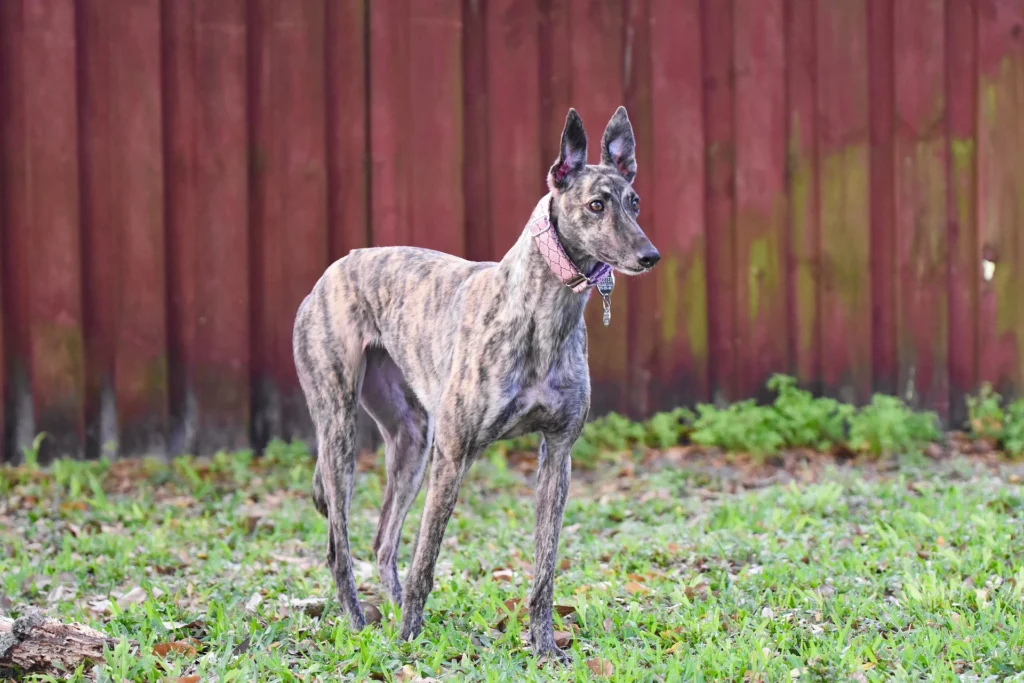
Pros:
- Very quiet and calm indoors
- Needs only moderate daily exercise (short walks or runs)
- Slim and elegant—great for smaller homes
- Low grooming needs and minimal odor
Cons:
- Thin coats make them sensitive to cold
- Can be shy or timid without early socialization
- May have a strong prey drive—careful with cats or small pets
Best For: People with limited time and space who want a low-maintenance, peaceful companion that fits a shift-worker’s lifestyle.
Chow Chow
Overview:
Many people are surprised by this one, but Chow Chows can be great for busy owners. Chows are often described as cat-like: independent, aloof, and not prone to separation anxiety. They don’t need constant attention; in fact, Petful notes that Chow Chows “have low separation anxiety [and] tend to tolerate being alone particularly well”. Keep in mind they are big and require grooming, but their low-key nature is a bonus for someone on a shift schedule.
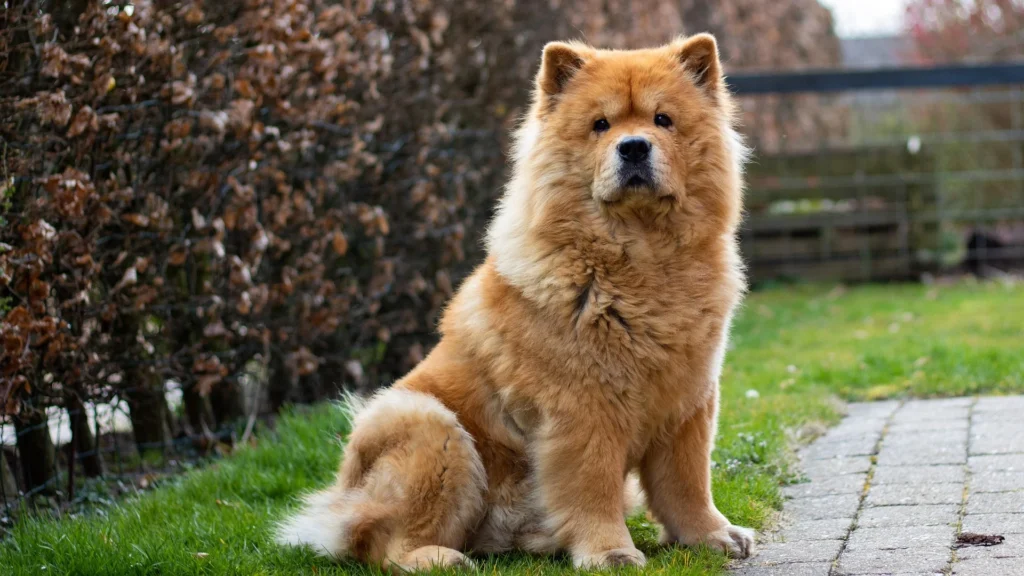
Pros:
- Very independent—can handle being alone for long periods
- Not overly energetic; content with a couple of walks
- Doesn’t require constant attention or stimulation
- Naturally clean and relatively quiet indoors
Cons:
- Needs regular grooming (thick double coat)
- Can be aloof or territorial—early training is essential
- Not ideal for first-time dog owners
Best For: Experienced dog owners who want a quiet, cat-like dog that can handle being left alone while they work long shifts.
Lhasa Apso
Overview:
Don’t let the small size fool you—Lhasas were bred to guard homes in Tibet. They tend to be quite sturdy and self-reliant. As Petful explains, a Lhasa Apso will “quietly stand guard until you’re back — instead of getting bored and tearing things apart”. This breed is typically happy to nap or survey the room, only barking if something really unusual happens. They do need moderate daily walks, but a tired Lhasa is a very relaxed Lhasa.
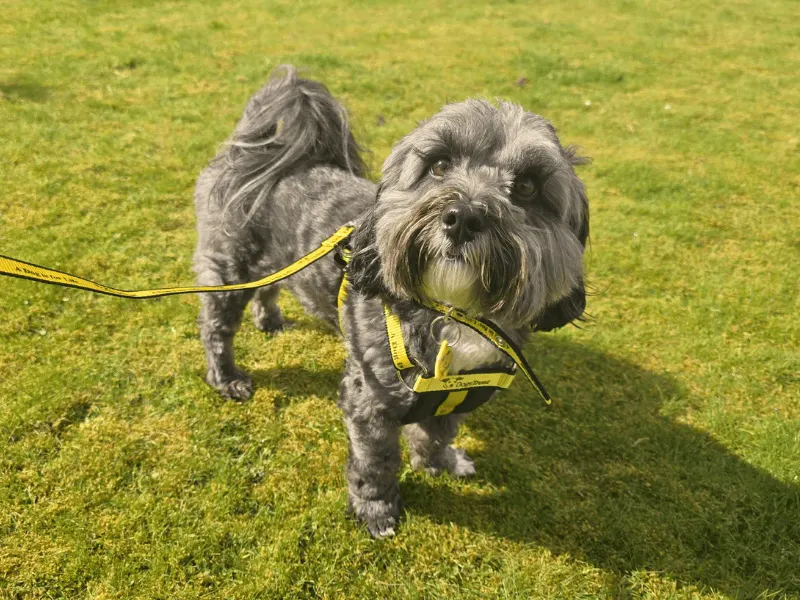
Pros:
- Happy to entertain themselves during your shift
- Moderate energy—enjoys walks but doesn’t demand excessive play
- Alert and protective without being aggressive
- Small size fits well in apartments or small homes
Cons:
- Requires regular grooming or clipping (long, dense coat)
- May be wary of strangers and need socialization
- Independent streak can make training slower
Best For: Apartment dwellers or singles who want a loyal, manageable dog that’s calm and self-sufficient.
Cavalier King Charles Spaniel
Overview:
If you prefer a smaller companion, consider a Cavalier. Spruce Pets describes Cavaliers as “mild-mannered, gentle, affectionate, and adaptable”. They love to be cuddle buddies, which means they’ll contently nap at your side after you come home. Cavaliers need regular walks but are typically easygoing and sociable. They thrive on attention, so plan to spend quality time with them when your shifts end.
Pros:
- Sweet-natured, gentle, and highly affectionate
- Adaptable to your routine—happy to sleep while you’re gone
- Small size and low exercise needs make them easy to manage
- Gets along well with kids, seniors, and other pets
Cons:
- Needs regular brushing and occasional ear cleaning
- Can develop separation anxiety if not trained early
- Some hereditary health issues (especially heart problems)
Best For: Someone who wants a cuddly companion after long shifts and can offer regular affection and routine.
Other suitable choices often mentioned include Chihuahuas or other small lap dogs (they need only brief exercise), and even mellow medium breeds like Pugs or Bulldogs (though health issues can arise). The common thread is that all these breeds can handle downtime without developing destructive behavior.
(As a side note, be cautious of high-energy working breeds. Some resources highlight how people often compare dogs in searches like “Malinois vs Rottweiler combat,” but both Belgian Malinois and Rottweilers are extremely driven working dogs. In fact, PetCloud explicitly lists Belgian Malinois (often discussed in “Malinois vs Rottweiler” debates) and Boxers among the breeds not recommended for full-time workers. These dogs demand constant mental and physical stimulation that most shift workers simply can’t provide.)
Key Traits for a Shift-Worker’s Dog
Not every dog can handle a work schedule outside the 9–5 routine. In general, the ideal dog for a shift worker shares certain traits:
Independent, Low-Anxiety Temperament:
Look for a breed that won’t panic when left alone. Many recommended breeds (Chow Chows, Lhasa Apsos, Great Pyrenees) were bred for solitude. For instance, Chow Chows have “low separation anxiety” and “tend to tolerate being alone particularly well”, and Lhasa Apsos are known to “quietly stand guard” rather than become destructive when home alone. These independent dogs are often content to nap or keep watch until you return.
Moderate to Low Energy Needs:
A high-energy dog that needs hours of exercise each day is a poor match for someone away on long shifts. Breeds like Basset Hounds and Greyhounds only require short periods of exercise (about 30–60 minutes daily) and then happily collapse on the couch. In general, choosing a low-energy dog breed means you won’t feel guilty for leaving them to snooze during your shift.
Even, Friendly Disposition:
A patient, even-tempered dog is safer and more forgiving of an irregular schedule. As one expert note describes the Basset Hound, “What’s not to love about a dog who enjoys your company but is perfectly OK having some alone time”. Calm breeds are less likely to bark anxiously when you’re gone, which is important if you have neighbors or live in an apartment.
Adaptability & Routine:
Shift workers must be especially mindful of routine. The RSPCA advises that dogs generally should not be left alone for more than four hours at a time. If your shifts are longer, you’ll need to build a consistent routine (feeding, walks, playtime) around your schedule and consider help (dog walkers, sitters). Dogs adapted to a schedule will handle your night shifts better if they know when to expect you.
In short, the best dog for someone who works long hours will be one that is naturally content with independence, requires moderate exercise, and can settle into a steady routine without becoming stressed. No single breed is perfect, but generally the ones that come highly recommended have those low-key, patient characteristics.

Balancing Your Schedule: Practical Tips
Choosing a suitable breed is only part of the solution. You’ll also need to accommodate your dog’s needs around your work hours. Here are some trusted strategies:
Limit Alone-Time:
Never leave a dog alone longer than necessary. Experts generally advise against more than 4–6 hours at a stretch. The RSPCA recommends that dogs be left alone “no longer than four hours” at a time. If your shift is longer, consider splitting it up: can a friend, family member, or pet sitter pop in midday? Doggy daycare or a dog-walker can break up a long day for your dog. Remember PetCloud’s warning: dogs are “pack animals” who love company, so extended solitude should be the exception, not the rule.
Stick to a Routine:
Dogs thrive on predictability. Keep feeding, walks, and playtime on a consistent schedule—even if the timing is unconventional. For example, give your dog its main exercise walk right before you leave for your shift and again right after you return. This not only tires them out but anchors their daily rhythm. Consistent mealtimes and bedtime routines will help your dog settle even when the household schedule is flipped.
Pre-Shift Exercise and Play:
Tiring your dog out before you head to work can make the downtime easier. A good brisk walk or play session in the hour before your shift means your dog can relax (and hopefully nap) through part of the day while you’re gone. Mental exercise is great, too: teach a new trick or spend some time training so they use their brain and physical energy.
Interactive Toys & Enrichment:
Leave out toys and puzzles to keep your dog engaged. Things like Kong-stuffers, treat-dispensing puzzles, or chew toys can occupy your dog and reduce boredom. These small comforts give them something to do when you’re not there. Even an item of your worn clothing (with your scent) can be soothing. Each dog is different, so rotate different toys to see what keeps your dog happiest and calmest.
Stay “Present” Remotely:
Modern technology can help ease separation. Pet cameras with two-way audio let you check in on your dog and even talk to them briefly. Automatic treat dispensers or timed feeders can make feeding more flexible. Some apps connect you to on-demand dog walkers or sitters (just like ordering any other service on a smartphone). All these can make a big difference: after all, hearing your voice or seeing you on a screen might reassure an anxious dog.
Ultimately, successful dog ownership on a shift schedule is a balancing act. Technology and planning can help, but nothing replaces human attention. A good approach is gradual training: as the RSPCA notes, slowly accustom your dog to alone time from the start, so being home alone isn’t scary. And whenever possible, make time to give your dog affection and exercise on your days off.
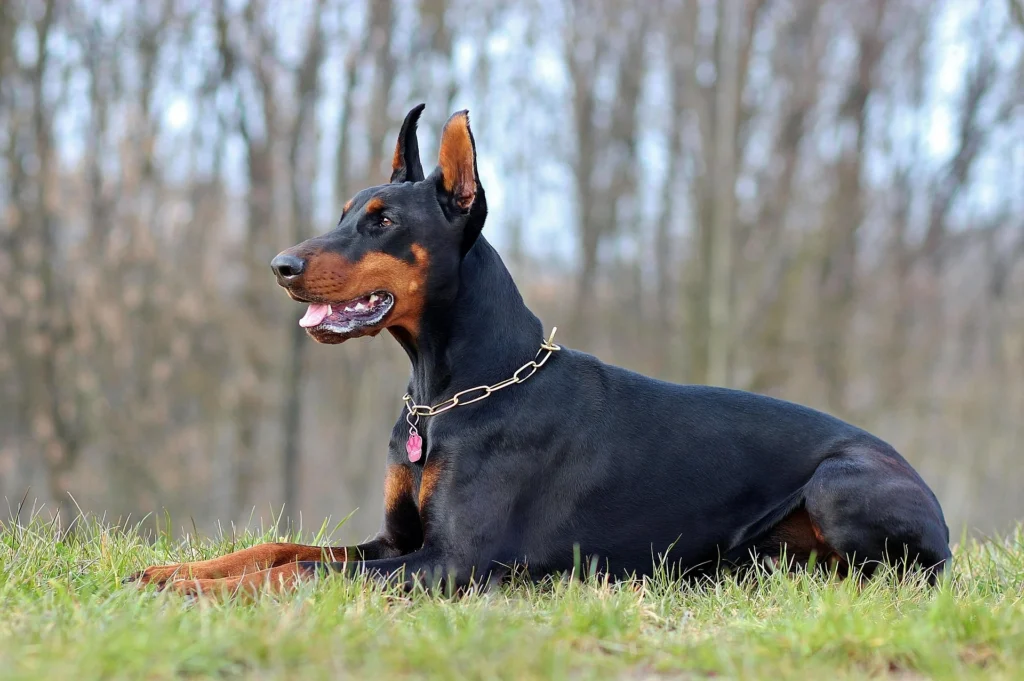
Conclusion: Choosing the Right Breed for Your Life
Owning a dog while working nights or long hours is certainly possible, but it requires honest self-assessment and planning. There is no one “best dog breed if you work all day” – instead, the best choice depends on matching a dog’s nature to your reality. The breeds highlighted above show one approach: opt for dogs who are independent, low-to-medium energy, and comfortable with their own company. This way, you’re being trustworthy to the dog’s needs as well as your own.
For someone searching “best dog for someone who works long hours,” the expert advice is consistent: pick a patient, adaptable companion rather than a high-needs superstar. Breeds like Basset Hounds, Great Pyrenees, Greyhounds, and others on this list have proven over generations that they can be content with a relaxed home life. With the right breed, a solid daily routine, and a backup plan for care on long shifts, you can give your dog a happy life and maintain a healthy work-life balance. After all, a well-matched dog will reward your effort by being a calm, loving companion whenever you are home.
